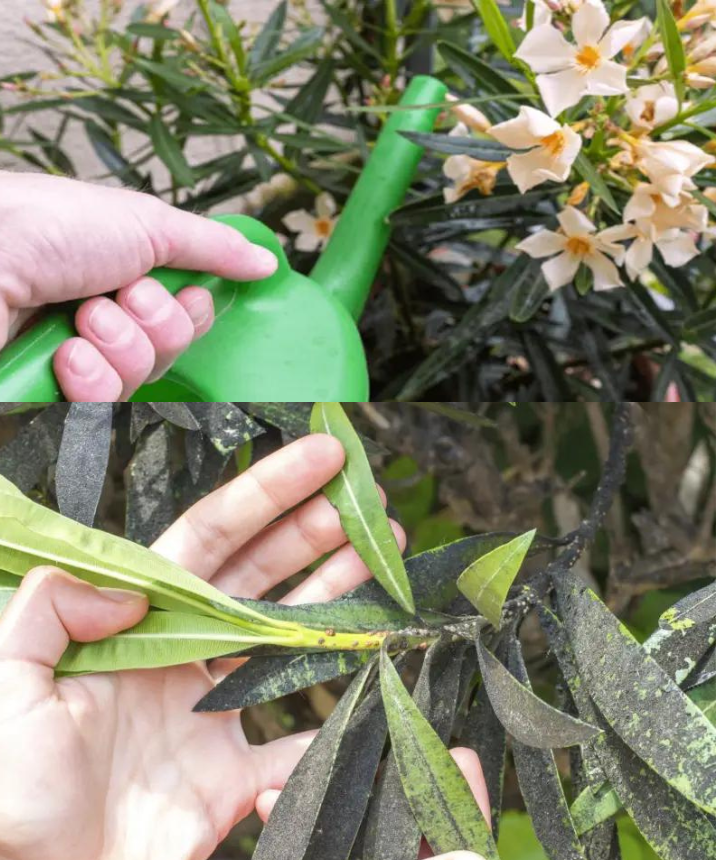The oleander, scientifically known as Nerium oleander, is a popular ornamental plant admired for its beautiful flowers and lush foliage. However, like any other plant, the oleander requires proper care, including appropriate watering. In this article, we’ll explore how to tell if your oleander needs water and how to avoid the mistake of overwatering.
Signs Your Oleander Needs Water:
- Wilting Foliage: One of the most obvious signs that your oleander needs water is when its foliage begins to wilt. The leaves may become limp and droop, indicating that the plant is dehydrated.
- Yellowing Color: If the leaves of the oleander start turning yellow, especially at the edges, it could be a sign that the plant needs water. Water stress can cause changes in leaf coloration.
- Dry Soil: When checking the soil around the plant, if it’s dry to the touch to a depth of one or two inches, your oleander likely needs watering.
Tips to Avoid Overwatering:
- Check Soil Moisture: Before watering your oleander, check the soil moisture. Use your finger or a moisture meter to ensure the soil is dry before watering again.
- Ensure Proper Drainage: Make sure the pot or soil in which your oleander is planted has good drainage. Excess stagnant water can lead to root rot and other diseases.
- Observe Weather Conditions: Consider the weather conditions before watering your oleander. On hot, sunny days, the plant may need water more frequently, while on cool, cloudy days, watering may be less necessary.
In summary, it’s important to pay attention to signs indicating whether your oleander needs water, such as wilting foliage and yellowing leaves. However, it’s also crucial to avoid overwatering, as it can be equally detrimental to the plant’s health. With these tips, you can keep your oleander healthy and happy, providing the right amount of water without risking overwatering.
